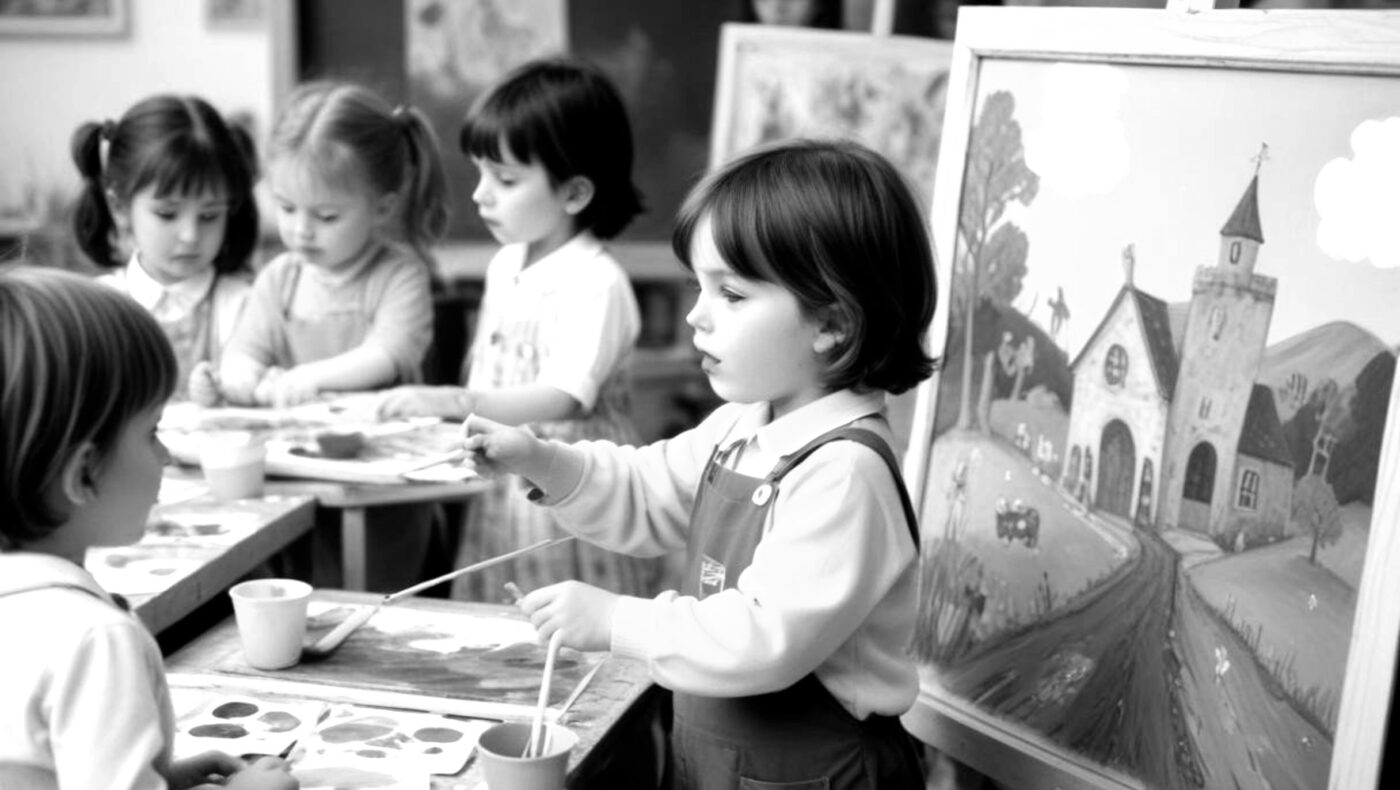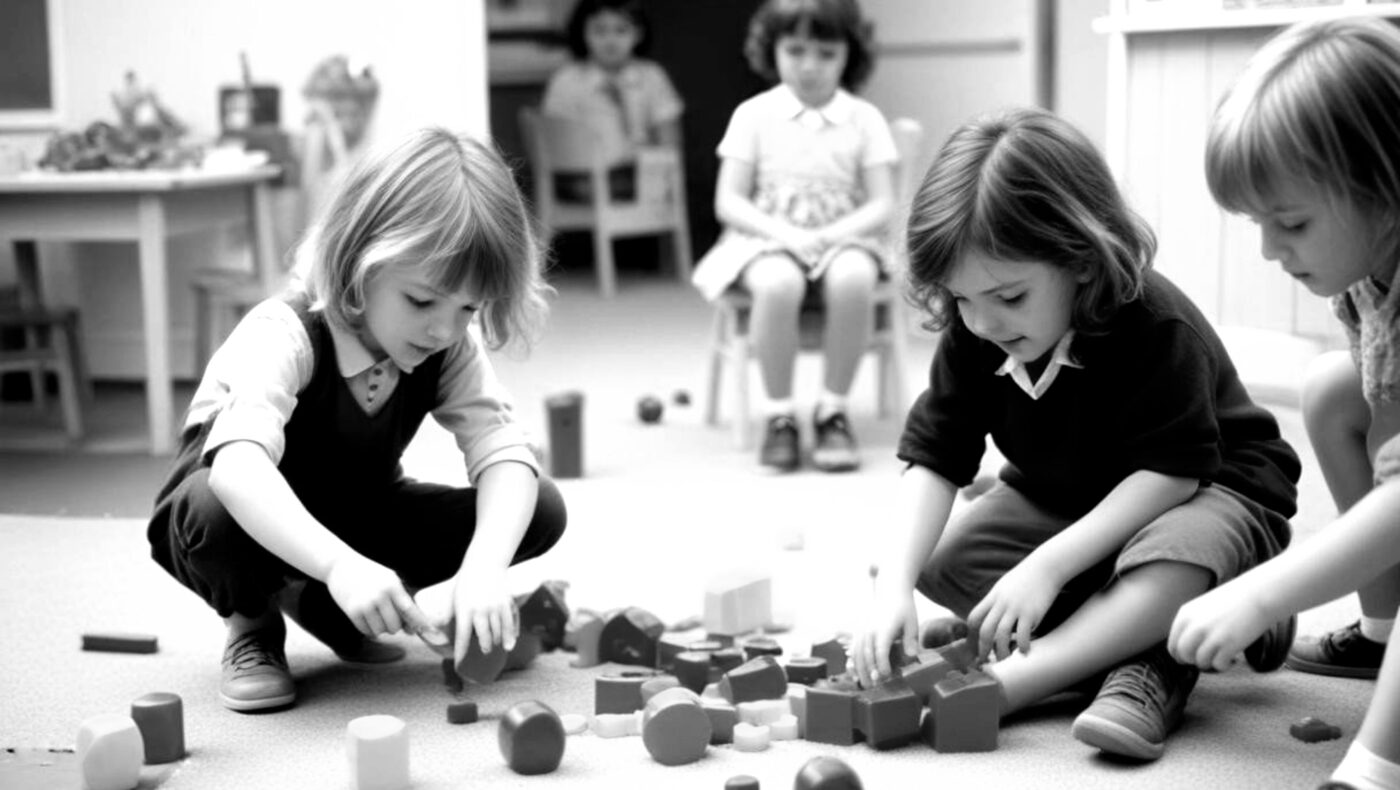Nurturing Creativity in Early Childhood: The Power of Imagination in Play School
As parents and educators, we all want our children to grow up to be creative, resourceful, and confident individuals. One of the most effective ways to nurture these qualities in young children is by fostering their imagination. At our play school, we prioritize activities and environments that encourage imaginative play because we understand its profound impact on a child’s development. In this blog, we’ll explore why imagination is crucial for early childhood development, how it benefits children, and ways we can support and enhance imaginative play both at school and at home.
The Importance of Imagination in Early Childhood
Imagination is a powerful tool that allows children to explore their world, experiment with ideas, and express themselves. During the early years, children’s brains are highly receptive, and imaginative play helps to develop various cognitive, social, and emotional skills. Here are some reasons why nurturing imagination is essential:
- Cognitive Development: Imagination stimulates cognitive growth by encouraging children to think creatively, solve problems, and make connections between different concepts. It enhances memory, attention span, and the ability to understand abstract ideas.
- Social Development: Through imaginative play, children learn to navigate social situations, understand different perspectives, and develop empathy. Role-playing activities, such as playing house or pretending to be different characters, teach children about social roles and relationships.
- Emotional Development: Imaginative play provides a safe space for children to express their emotions and explore their feelings. It allows them to experiment with different scenarios and outcomes, helping them to build resilience and cope with real-life challenges.
- Language Development: When children engage in imaginative play, they use language to communicate their ideas, negotiate roles, and narrate stories. This enhances their vocabulary, language skills, and ability to articulate thoughts and feelings.
- Creative Thinking: Encouraging imagination fosters creative thinking, which is crucial for innovation and problem-solving. Children who are given the freedom to explore their creative ideas are more likely to develop a lifelong love of learning and curiosity.
How Imagination Benefits Children
Imaginative play has far-reaching benefits that extend beyond early childhood. Here are some specific ways in which it positively impacts children’s development:
- Enhancing Problem-Solving Skills: When children use their imagination to create scenarios and solve problems, they develop critical thinking skills. For example, building a fort out of cushions requires planning, collaboration, and problem-solving.
- Boosting Self-Confidence: Imaginative play allows children to experiment with different roles and scenarios, which helps build their self-confidence. By pretending to be a teacher, doctor, or superhero, they gain a sense of accomplishment and self-assurance.
- Encouraging Collaboration: Many imaginative play activities involve working with others. Children learn to share ideas, take turns, and collaborate, which are essential skills for building healthy relationships and teamwork.
- Promoting Independence: When children engage in imaginative play, they often take the lead in directing their activities. This fosters independence, decision-making skills, and the ability to entertain themselves without relying on external stimuli.
- Fostering Emotional Resilience: Imaginative play allows children to work through their emotions and experiences. For instance, reenacting a visit to the doctor can help a child cope with fears and anxieties about medical appointments.
Supporting Imaginative Play at School
At our play school, we create an environment that encourages and supports imaginative play. Here’s how we do it:
- Providing Open-Ended Materials: We offer a variety of open-ended materials, such as blocks, art supplies, costumes, and natural objects. These materials can be used in multiple ways, allowing children to explore their creativity and imagination.
- Creating Inviting Play Spaces: Our classrooms are designed to inspire imaginative play. We have dedicated areas for role-playing, building, art, and reading. Each space is carefully curated to stimulate children’s curiosity and creativity.
- Encouraging Outdoor Play: Nature is a wonderful catalyst for imaginative play. Our outdoor play areas include spaces for children to explore, build, and create using natural materials. Whether it’s digging in the sandbox, building a fairy garden, or pretending to be explorers, the outdoors offers endless possibilities.
- Facilitating Role-Playing Activities: We provide props and costumes that encourage children to engage in role-playing activities. This allows them to experiment with different roles and scenarios, fostering social skills and creativity.
- Incorporating Storytelling: Storytelling is a powerful way to nurture imagination. We regularly read stories, encourage children to create their own, and engage in group storytelling activities. This helps children develop language skills and a love for literature.
Encouraging Imagination at Home
Parents play a crucial role in nurturing their child’s imagination. Here are some tips for encouraging imaginative play at home:
- Create a Play-Friendly Environment: Designate a space in your home where your child can freely engage in imaginative play. Ensure it is filled with open-ended materials like art supplies, building blocks, and costumes.
- Limit Screen Time: While technology can offer educational content, it’s important to balance screen time with activities that stimulate imagination. Encourage your child to engage in hands-on play and creative activities.
- Engage in Pretend Play: Join your child in pretend play activities. Whether it’s having a tea party, playing store, or building a fort, your involvement can enhance their experience and strengthen your bond.
- Encourage Outdoor Exploration: Spend time outdoors with your child. Nature offers endless opportunities for imaginative play, from exploring a park to creating a garden. Encourage your child to use natural materials in their play.
- Read Together: Reading stories together is a wonderful way to stimulate imagination. Choose books that inspire creativity and encourage your child to come up with their own stories.
- Provide Art Supplies: Keep a variety of art supplies on hand and encourage your child to create. Drawing, painting, and crafting are excellent ways for children to express their imagination.
Conclusion
Nurturing imagination in early childhood is essential for fostering creativity, problem-solving skills, and emotional resilience. At our play school, we are committed to creating an environment that supports and enhances imaginative play. By providing open-ended materials, inviting play spaces, and opportunities for role-playing and storytelling, we help children develop the skills they need to thrive.
Parents can also play a significant role in encouraging imaginative play at home. By creating a play-friendly environment, limiting screen time, engaging in pretend play, and spending time outdoors, you can support your child’s creativity and overall development.
Remember, imagination is not just about play—it’s about learning, growing, and exploring the world. By nurturing your child’s imagination, you are giving them the tools they need to become innovative, confident, and well-rounded individuals. We invite you to join us in this journey and celebrate the power of imagination in early childhood education.


